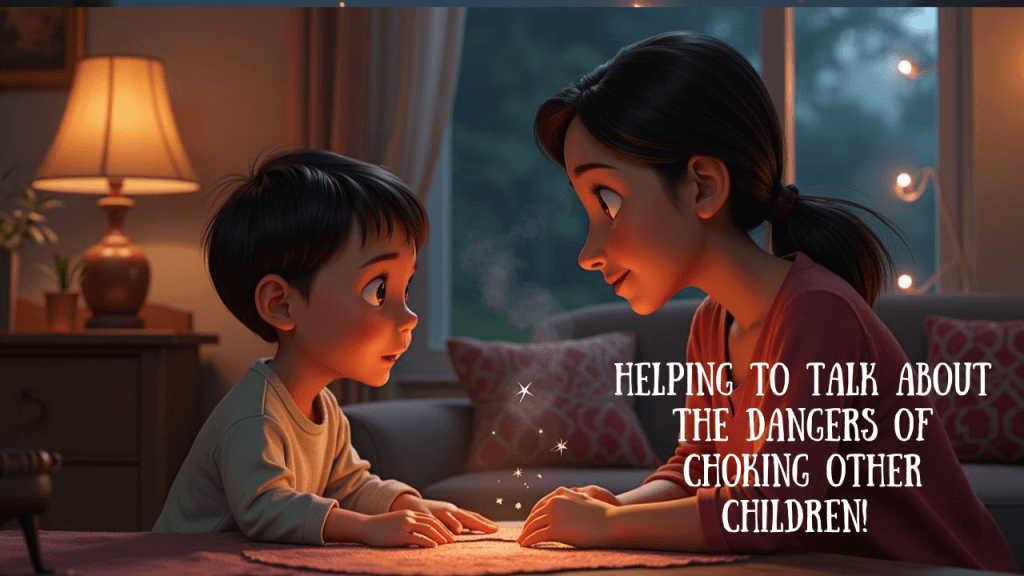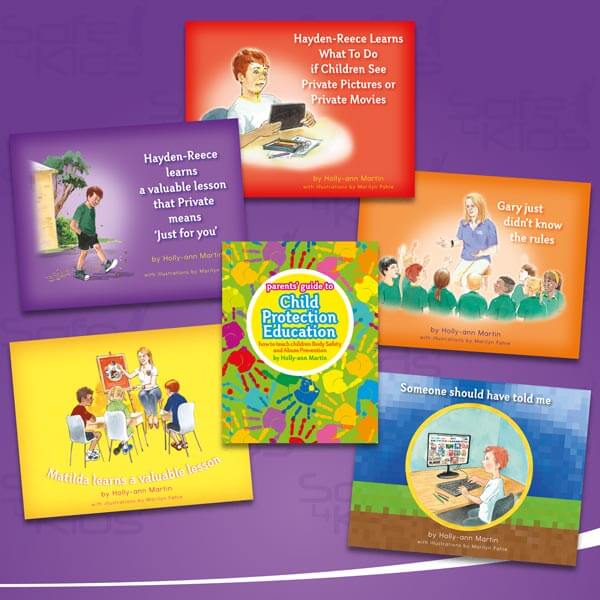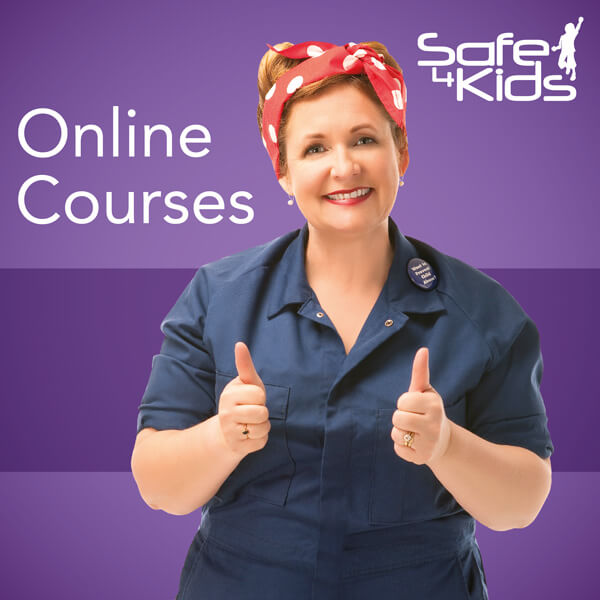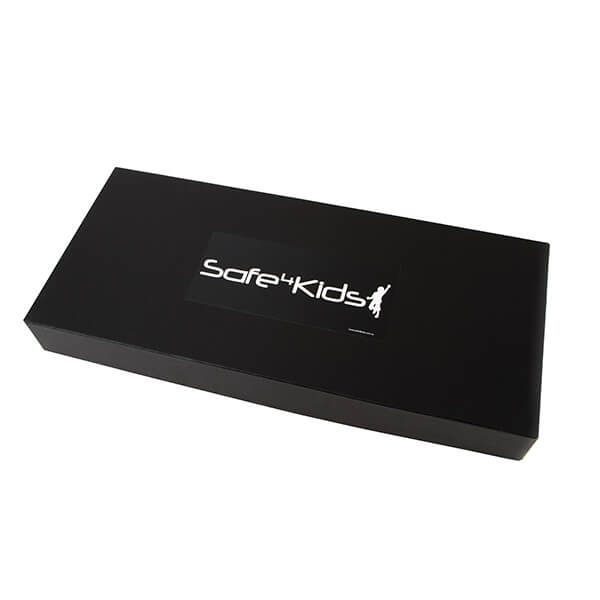Why I Had to Create a Video About Children Choking Other Children
I’m increasingly seeing more and more children choking other children, both in the classroom and in the playground. Sometimes, it happens out of frustration when a child doesn’t have the words to express their anger. Other times, it happens during playfighting, where children don’t realise just how dangerous it is. But no matter the reason, choking is never okay. It’s not a game, and it can have life-threatening consequences.

I believe this rise in choking behaviour is connected to something deeply concerning: the increase in children being exposed to pornography. More and more children, some as young as six years old, are seeing adult content online, often accidentally. Many of these videos depict violence, aggression, and power struggles during intimate situations. Kids don’t have the maturity to understand what they’re watching, but they do copy behaviours they see. If they witness choking in these videos, they may think it’s normal or even something they should try. This is incredibly dangerous, as they have no idea how fragile the human brain is and how quickly cutting off oxygen can lead to serious harm or worse.
A Mother’s Desperate Call for Help
This issue became even more real for me when a concerned mother reached out. She was fostering a nine-year-old boy who had been choking other children, and she didn’t know how to explain to him just how serious his actions were. She was searching for a way to talk to him about it, something clear and direct yet age-appropriate. She wanted him to understand, not just be punished, because she knew that simply saying “don’t do that” wasn’t enough.
When she asked me if I had any resources to help, I realised there wasn’t much out there specifically addressing this issue in a way children could truly grasp. So, I decided to create a short, faceless video to explain, in simple terms, what happens to the body when someone is choked. The video isn’t meant to scare children. It’s meant to educate them. It’s meant to interrupt the behaviour before it becomes a pattern and to provide a conversation starter for parents and teachers to reinforce why choking is never okay.
Choking Is Not a Game
Many children don’t mean to hurt their peers. They don’t understand that even a few seconds of squeezing someone’s neck can cause dizziness, unconsciousness, or even permanent brain damage. Some kids see choking as a way to control a situation when they feel overwhelmed, while others are just copying what they’ve seen without truly understanding it. That’s why it’s so important that we teach them rather than just assuming they know better.
If a child is choking others, we need to:
⁎ Teach them that choking cuts off oxygen to the brain and can cause serious harm.
⁎ Help them find better ways to express anger or frustration.
⁎ Encourage them to use words instead of physical aggression.
⁎ Monitor their exposure to violent media and pornography.
⁎ Provide consistent boundaries and consequences.
What We Can Do Moving Forward
As educators, parents, and caregivers, we must stay vigilant. We need to have open conversations with children about what they see online and in the media. We need to teach them that not everything they see is safe or acceptable in real life. And most importantly, we need to give them the tools to handle their emotions in a way that doesn’t harm themselves or others.
If you are seeing choking behaviour in your school or home, I encourage you to use the faceless video I’ve created as a starting point for discussion. It’s short, to the point, and designed specifically for children to understand why choking is dangerous.
Let’s work together to stop this dangerous behaviour before tragedy strikes.


